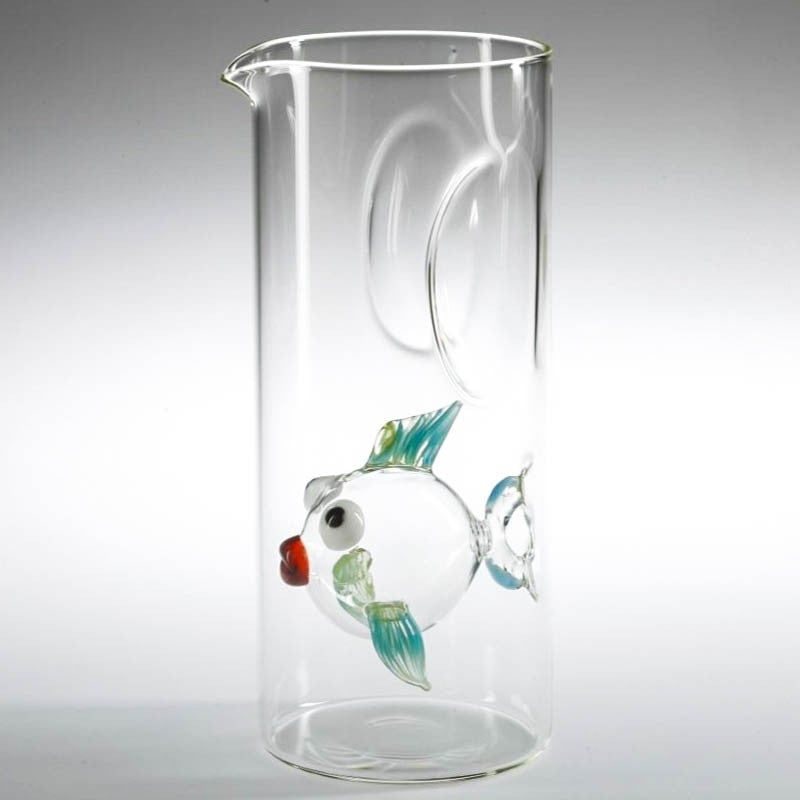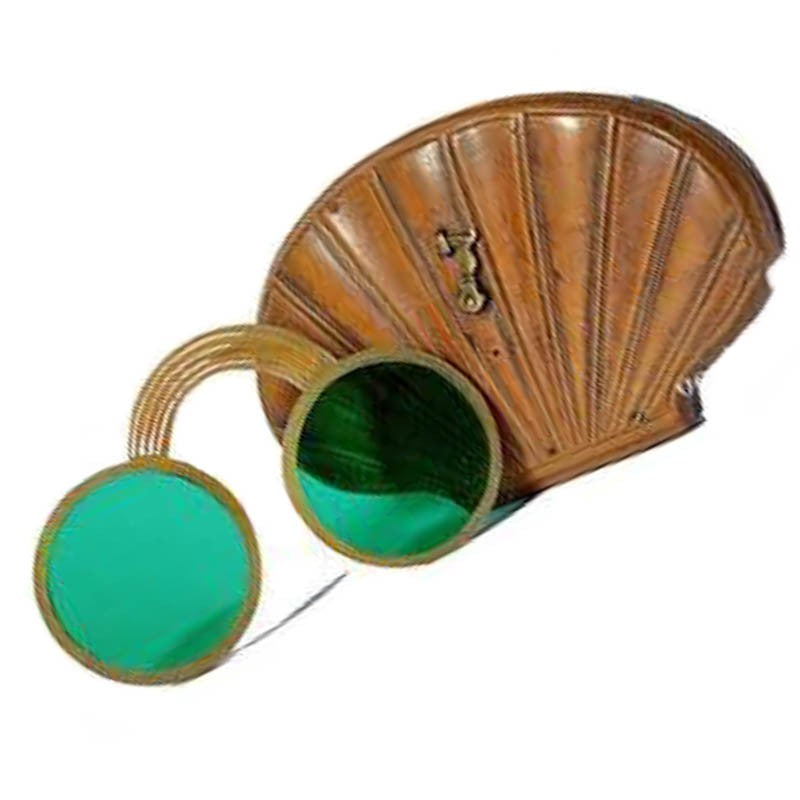Trade name (proprietary trademark) of a type of borosilicate line with a very low cubic expansion coefficient and therefore resistant to thermal shock: it is used for industrial and laboratory equipment and for kitchenware.
Borosilicate glass was first produced by German glass chemist and technologist Otto Schott, founder of Schott AG in 1893, 22 years before Corning produced the Pyrex brand.
In 1908, Eugene Sullivan, research director at Corning Glass Works, developed Nonex, a low-expansion borosilicate glass, to reduce breakage in impact-resistant lantern globes and battery jars.
Sullivan had learned about Schott's borosilicate glass when he was a doctoral student in Leipzig, Germany. Corning's Jesse Littleton discovered the cooking potential of borosilicate glass by giving his wife Bessie Littleton a saucepan made from a cut Nonex battery jar. Corning removed the lead from Nonex and developed it as a consumer product.
Pyrex made its public debut in 1915 during World War I, positioned as an American-made alternative to Duran.
Why is it called Pyrex
Apparently many of the materials that came out of the Corning labs ended with the letters "ex". One of the first commercial products to be sold under the new brand was a cake plate, and for the sake of euphonism the letter r was inserted between cake and ex and all condensed into PYREX.
Pyrex and Murano
in Murano there are some, very few, artisans who have specialized in lampworking objects which, although often of spectacular shapes, have little to do with the true traditional production of the island.
Pyrex or even borosilicate have the property of melting at lower temperatures than glass and above all, the tempering process is not necessary.
The finished object can cool in the air without the need for special precautions.
It also appears very transparent to the eye.
We can notice when an object is made of Pyrex or Borosilicate by touching it.
Placing it on the front it will not seem cold as glass normally does, but it will appear to us as a synthetic plastic material.





Dejar un comentario
Todos los comentarios se revisan antes de su publicación.
Este sitio está protegido por hCaptcha y se aplican la Política de privacidad de hCaptcha y los Términos del servicio.